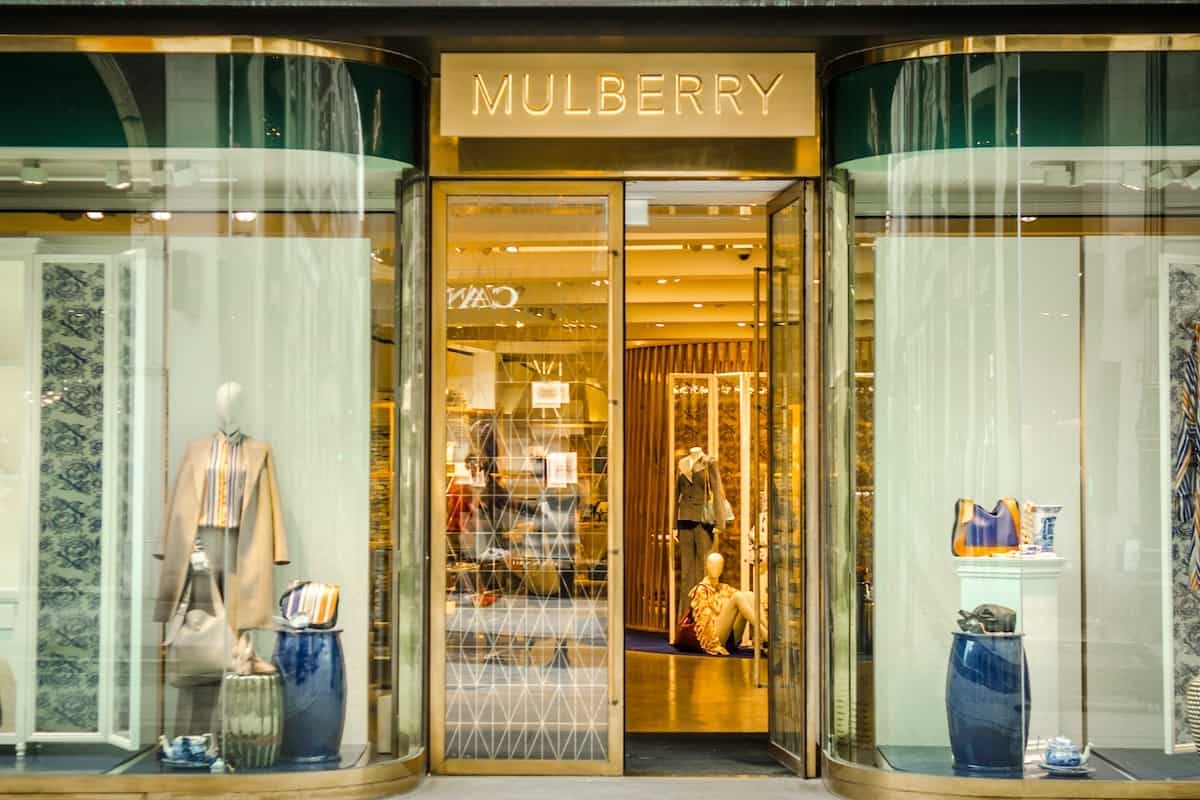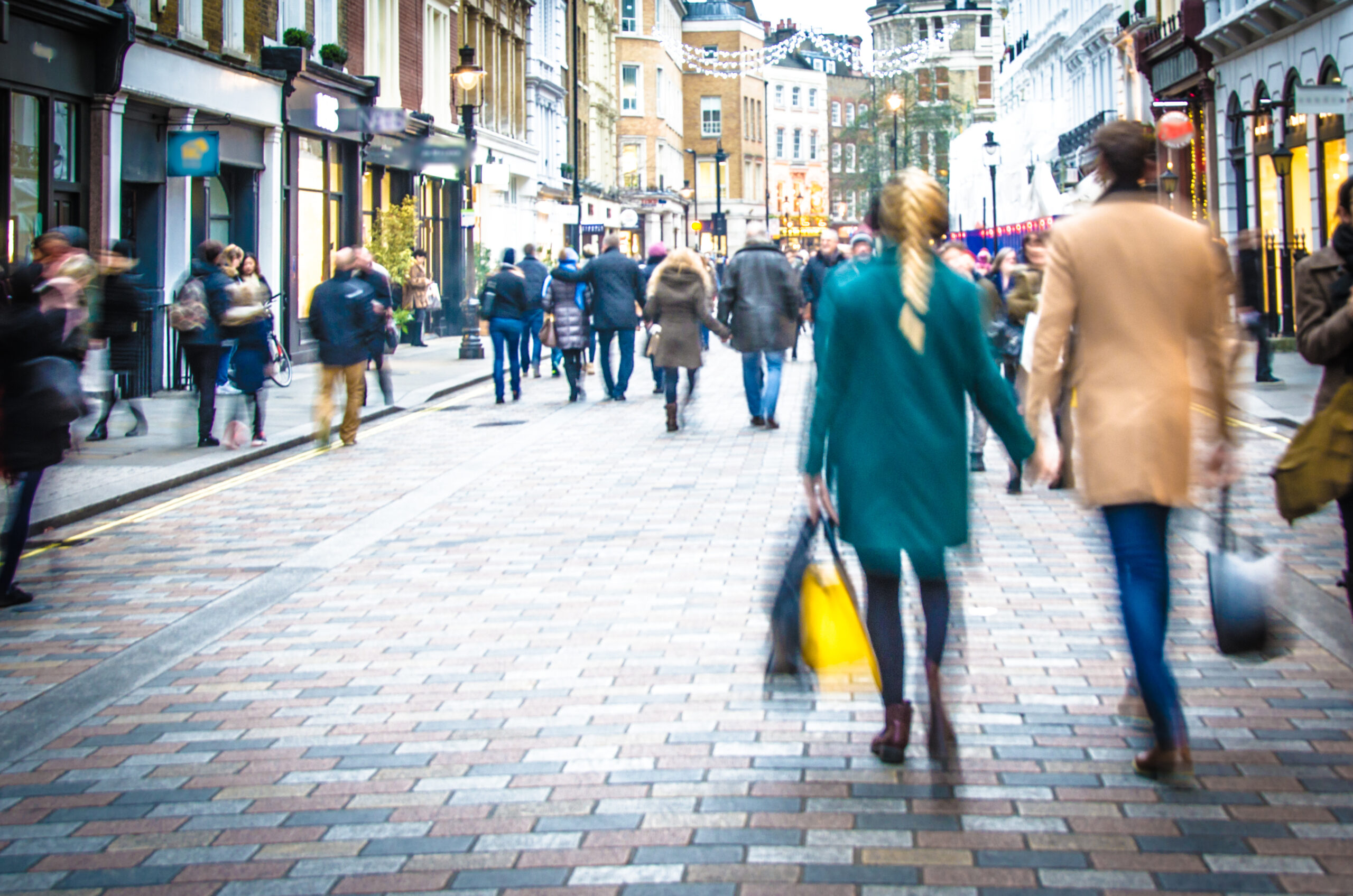Local retail is set for a good summer. Several studies out this week have shown that there is huge pent-up demand for physical retail and for many shoppers they are looking to keep in small and keep it local.
Research by Uberall finds that, despite loving the price and convenience of shopping online – particularly at Amazon – when asked how they prefer to shop, two thirds (63%) said that shopping locally, even if it meant spending more, was their favoured choice.
A study in Scotland by Deloitte Digital Scotland goes further, suggesting that 46% of consumers are ‘fatigued’ with online shopping and want to return to their local high street.
A third study, this time by Smart Energy GB, finds that many local shops are already seeing a relative boom in footfall as lockdown eases, with 41% saying they have seen a marked uptick in consumers, and one in ten staying open later as a result.
But this doesn’t mean that the online boom is over, nor that technology isn’t still playing a driving role in the local phenomenon. The Scottish study cites poor online experience as the main reason shoppers are looking to move to local, physical shopping – but that many are also using digital channels to browse and gain inspiration before heading out. Many are also mixing and matching what they buy online with what they then go on to buy in-store.
This omni-channel picture is repeated in the Uberall study, which finds that the ideal way for consumers to shop is to blend how they use tech and the high street, using online to browse, as well as to then check out local availability. If it’s in stock and they can wait, they go to the store when it is convenient. If it isn’t they find a way to get it online.
The Smart Energy GB study finds a third driver: sustainability, with 42% of shoppers who want to shop locally, also wanting to pick retailers that are more eco-conscious.
What is interesting is that, across all three studies, price comes out much further down the list of considerations for how and where people buy. When they are online, they are looking for speed of delivery then price. When assessing local options, they want to know if it’s in stock – even if it costs more.
This presents growing retailers with a dilemma. Do you continue to compete on price and delivery and try to drive online, or is it time to ditch price-sensitivity and look at how to offer a better level of customer experience and service?
The data out this week seems to suggest that it is the latter that is starting to win the day.









